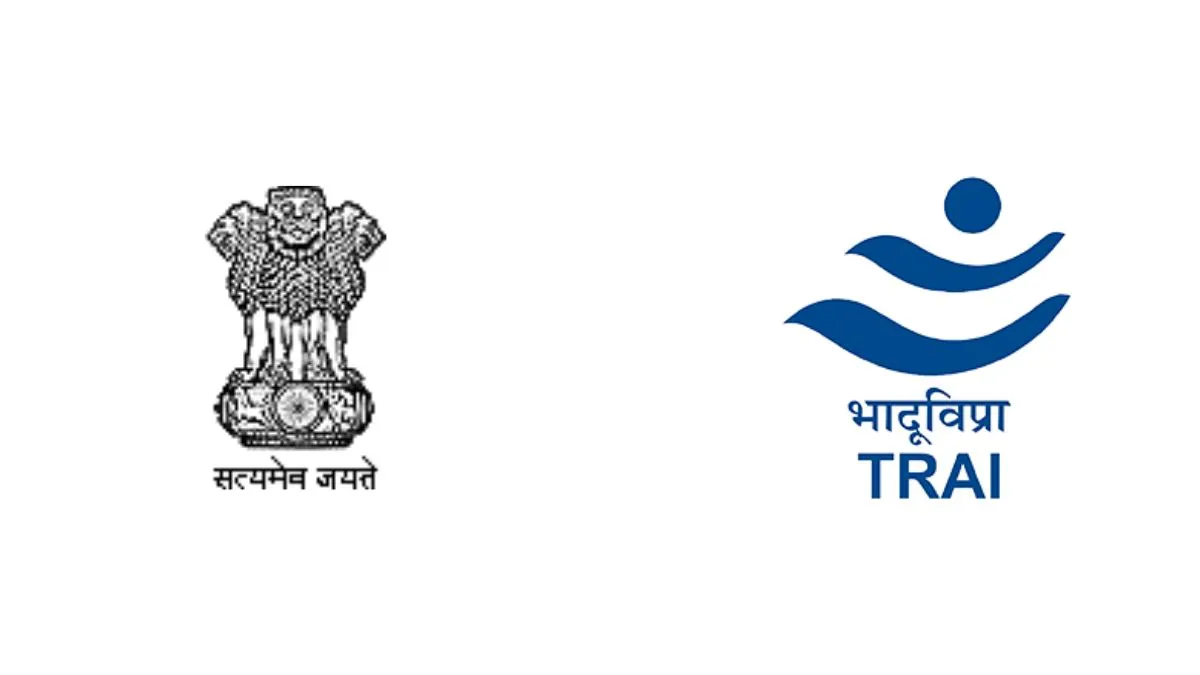- By Alex David
- Wed, 29 Oct 2025 01:44 PM (IST)
- Source:JND
India's telecom regulator, the Telecom Regulatory Authority of India (TRAI), recently unveiled plans to transform how incoming calls will be displayed on mobile phones nationwide. Under Calling Name Presentation (CNAP), callers' names will now be shown prominently upon reception – providing users with an enhanced calling experience without third-party caller ID apps being necessary.
What is CNAP and How Will It Work?
People who have CNAP enabled on their phones would see the caller’s name using the information confirmed as part of SIM registration. This will enable users to know who is calling them before they pick up the call, enabling them to make a decision and prevent unnatural calls. And unlike the likes of TrueCaller, CNAP will function as an inbuilt feature inside the telecom network.
ALSO READ: Next-Gen Xbox To Run Full Windows: Microsoft Plans Major Platform Shift
A Telecom Service Provider (TSP) CNAM database will be used to map a caller’s phone number to the subscriber’s name. When a call setup request arrives at the terminating network in terms of an incoming call, the terminating network will query the relevant database for the identifier(upn/um) of the caller before any indication of ringing on the subscriber, enabling him/her to know about his calling party.
Enabled by Default with Opt-Out Control
All telecom subscribers in India will receive this feature by default. Users who do not wish to use CNAP can contact their telecom operator to disable it. The service will not be offered as a standalone product but will be bundled with basic telecom services.
Current Caller Identification vs. CNAP
At present, Indian telecom networks only show the caller’s number as part of the Calling Line Identification (CLI) system. There has been no regulatory requirement to show names. With CNAP, displaying verified identity information will become a standard process, drastically improving caller transparency.
ALSO READ: Nothing Phone 3a Lite Launches Today: Affordable Flagship In India With Major Design Shift
Testing and Implementation Challenges
The Department of Telecommunications (DoT) has already conducted trials of CNAP with operators in select cities. Initially, it was planned for both circuit-switched (older networks) and packet-switched (modern 4G/5G) systems. However, technical challenges such as lack of necessary software updates limited the trials to packet-switched networks only.
A Step Toward Safer Communication in India
With proper implementation, CNAP will assist subscribers in stopping unwanted and illegal calls by providing better information about suspected spam callers. Disintermediation of third-party identity applications in favour of direct use of subscriber verification provides another measure taken by TRAI towards creating a safer communication environment.
Implementation is just around the corner and this move marks a profound transformation in India's telecom ecosystem with user safety and transparency at its heart.

